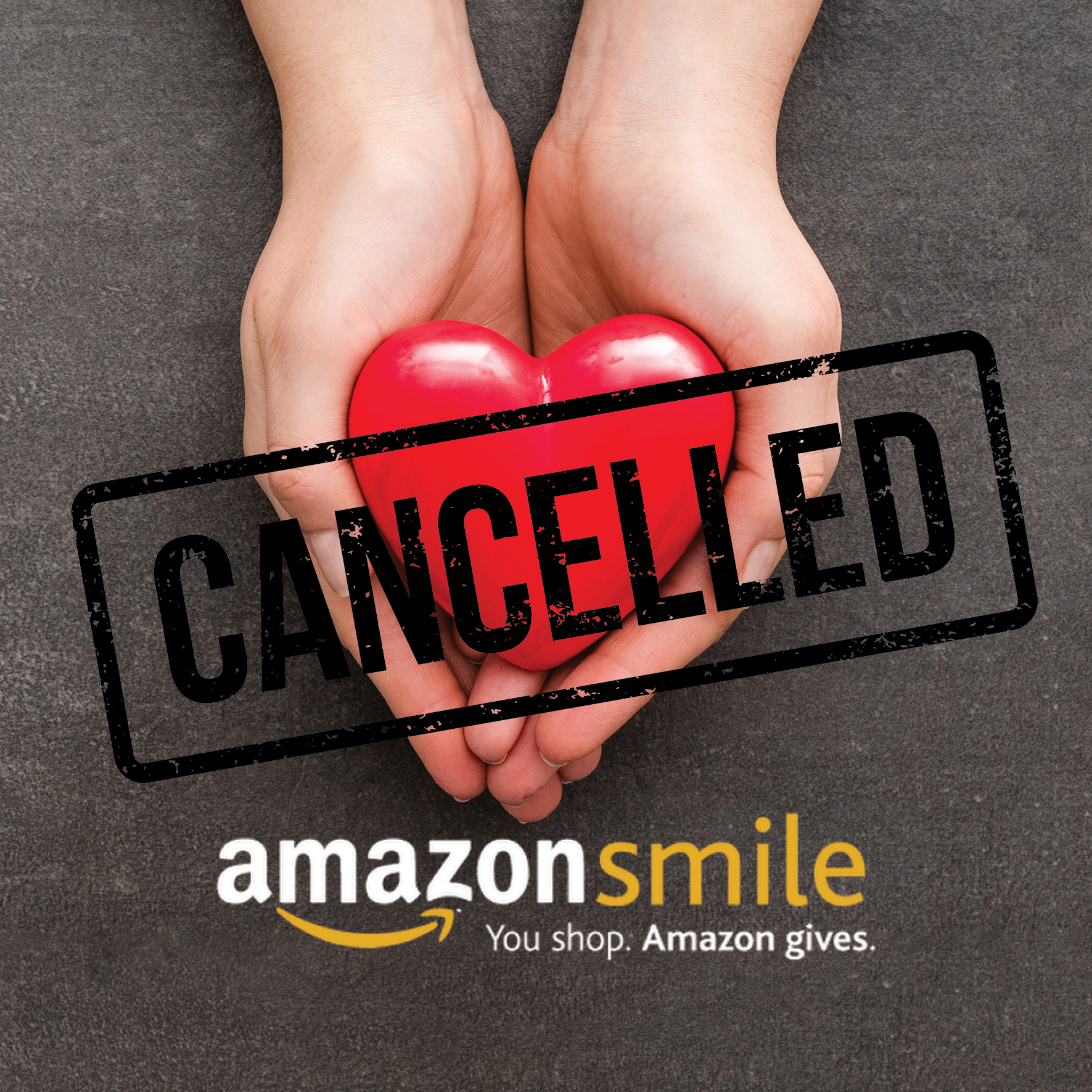Amazon just announced it was shutting down its charitable-donation platform AmazonSmile, effective February 20. Launched in 2013, AmazonSmile allowed customers to donate 0.5 percent of their purchase price to the charity or nonprofit of their choice.
Shortfall
With some $500 million donated to date, the company, in its infinite wisdom, has determined that AmazonSmile proved ineffective despite its good intentions. To soften the blow, Amazon stated, “ To help charities that have been a part of the AmazonSmile program with this transition, we will be providing them with a one-time donation equivalent to three months of what they earned in 2022 through the program, and they will also be able to accrue additional donations until the program officially closes in February. Once AmazonSmile closes, charities will still be able to seek support from Amazon customers by creating their own wish lists.”
In an email sent to AmazonSmile contributors under the subject line, “Amazon closing AmazonSmile to focus its philanthropic giving to programs with greater impact,” the company explained, “The program has not grown to create the impact that we had originally hoped. With so many eligible organizations—more than 1 million globally—our ability to have an impact was often spread too thin. The company will now focus on five key philanthropic programs: a housing equity fund, STEM education, community food banks, disaster relief and local charities.
Up to now, Amazon cut small checks to many individual charities, as detailed in its “Community Impact Report.”
- $366 million donated to “tens of thousands” of organizations in 2021
- $2 billion “committed” to creating and preserving affordable housing
- 23+ million meals delivered to families in 35 U.S. cities
- 20 million relief items donated after 95 natural disasters
- 600,000 students in 5,000 schools received computer science education through the Amazon Future Engineer Program
Amazon Knows Best
The company has made consumer centricity its hallmark. “The most important single thing is to focus obsessively on the customer. Our goal is to be the earth’s most customer-centric company,” Jeff Bezos said. The decision to end the Smile program challenges Bezos’ statement that “If we can arrange things in such a way that our interests are aligned with our customers, then in the long term that will work out really well for customers and it will work out really well for Amazon.”
My conclusion from this decision is that Amazon decided that its executives and shareholders know better how to distribute charitable giving, leaving its most important and vital stakeholders – Amazon customers – no say in the matter. And I am also cynical about Amazon “walking it’s talk.”
Corporate environmental, governance and social programs (ESG) are all well and good, but they are also the cost of doing business in the 21st Century. They are no longer a unique point of difference. However, these policies are often nebulous and can border on virtue signaling.
On a stakeholder level, people give to charities because they want to see and feel the differences, they can make to causes they personally care about most. That was the unique point of difference that AmazonSmile provided.
Charities Hit Hard Times
Amazon should seriously reconsider its decision and give its customers, who matter most, a say in giving to the causes that matter most to them. “The bottom line is that discontinuing AmazonSmile is very bad for nonprofits,” shared COO Rick Cohen of the National Council of Nonprofits. “It couldn’t come at a worse time as nonprofits are facing declining donations, increased costs and increased demand for services.”
Giving USA’s most recent philanthropy report notes that in 2021, total giving by individuals, foundations, corporations, and others rose 4 percent in actual dollars, yet it was basically flat after adjusting for inflation (-0.7 percent). “The growth in giving did not keep pace with inflation, causing challenges for many nonprofits,” Laura McDonald, chair of Giving USA Foundation, said in a statement.
Inflation is a double-edged sword for nonprofits, reducing individual contributions just when its services may be most in need. And remember, inflation ended 2021 at 4.7 percent and rose dramatically to 8 percent at the close of 2022. The financial reality makes Amazon’s decision even more miserly.
Small Steps Build Leaps
“While Amazon may not think that the relatively small contributions that were made to many participants in the program make enough of a difference, it’s simply not true,” Cohen continued. “To the people that nonprofit was able to serve because of that small additional number of resources they had, it made all the difference in the world.”
Small contributions can have a big impact on small charities, like my Smile support of Water Street Mission in Lancaster PA, that serves the homeless and dispossessed in the community. “Smile was a nice program,” said Jack Crowley, president of the Christian ministry. “Another way for people to support us in a small way.”
Amazon is all about scale, but scale is relative. Compared to Amazon, which took in $470 billion in revenues in 2021, Water Street’s $12 million in donations and other revenues is chump change. But every dollar counts when you’re serving 400 meals and housing 170+ men, women, and children every day – 365 days per year – plus providing 3,000+ medical and dental visits and countless hours of life skill courses, job-training and counseling annually. And this is just one example of the difference local nonprofits can make in their communities.
Giving USA’s report underscores the power of individual giving to nonprofits. Trailing behind religious donations at $136 billion are education at $71 billion, human services at $65 billion, public benefit organizations, such as United Way and civil rights groups, with $56 billion, and bringing up the rear, environmental and animal organizations, at $16 billion. In 2021, individual giving was 15 times greater than that of corporations, totaling $327 billion. That is nearly 70 percent of the total, compared to the 5 percent of donations given by corporations ($21 billion).
Profits Before People
A truly consumer-obsessed company would increase donations to causes their customers care about. For example, how about matching each consumer’s 0.5 percent donation to their chosen cause to increase impact?
If the amounts AmazonSmile donates are already as low as it claims, such a matching donation would be a mere rounding error for the company but a significant bequest to the receiving organizations.
Former Amazon employee Adam Goldstein, who helped nonprofits claim their donations from the company, told AP News that what the company really cares about is profits, and its charitable giving is all about virtue-signaling. “I only got the sense that it was really just about Amazon’s bottom line, and charitable giving was marketing fodder,” he said and reiterated the value of every AmazonSmile donation to the nonprofits he served.
The moral to this story is the disconnect between what Amazon says and what it does. Sadly, for the consumers and the nonprofits they supported, Amazon appears to know better than their customers where impactful money should go.




